So you’ve got a kit lens, and it’s been doing a decent job. But now you’re chasing those sharper images and you’re curious to see the real potential of your camera. The 50mm and 35mm focal lengths are both highly recommended, and both are offered in prime lenses by nearly every camera manufacturer, but which one’s for you?
Don’t worry! I’ve used both types of focal lengths, and I’m here to delve into the 35mm vs 50mm debate. I explore the perks of each lens type and discuss when you’ll enjoy them; I also share some of the best 35mm and 50mm lenses. By the end of this article, you’ll have a clearer idea of which prime lens best aligns with your photography style and interests!
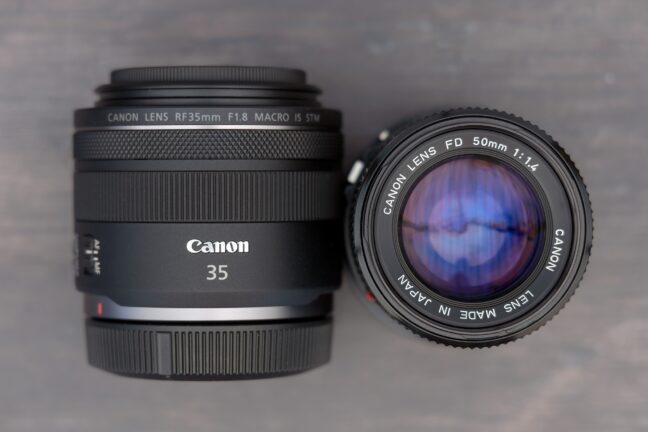
50mm vs 35mm Lenses:
When you buy through links on our site, we may earn a commission at no cost to you. We evaluate products independently. Commissions do not affect our evaluations.
35mm Prime Lens: Gain a Wider Field of View

The 35mm prime is the quintessential “walkaround” lens, offering great adaptability for a variety of shots. Speaking technically, a 35mm focal length offers a 54.4-degree field of view, which means that you can use it to fit more into your photos.
In other words, since 35mm is a wide focal length, these lenses let you capture more expansive scenes compared to 50mm lenses. Plus, you benefit from a deep depth of field, meaning more of each shot will be in focus.
35mm Lens Advantages

Compared to 50mm lenses, 35mm lenses boast some impressive strengths and shine in particular scenarios. Specifically, the 35mm focal length offers:
- A wide field of view for more detail
- A larger depth of field to get more of the scene in focus
- Less distortion compared to true wide-angle lenses
- Great versatility
Now, at 35mm, your photos will capture a large scene. For instance, if you snap a picture at both 35mm and 50mm of the same subject, you’ll see more of the backdrop in the 35mm version. This is ideal for setting the context and highlighting both the focal point and the environment.
The increased depth of field ensures that more of your picture remains in focus. This is especially handy for group shots where you aim to highlight multiple subjects.
Related Posts
While ultra-wide lenses (i.e., those at 24mm or wider) can sometimes distort shots, the 35mm minimizes this effect. Your subjects, whether people or objects, will generally appear more realistic and naturally proportioned.
And personally, I find the 35mm more versatile. It lets me capture a broader range of scenes compared to the 50mm. That’s why I often lean toward a 35mm prime as my go-to lens.
35mm Lens Uses
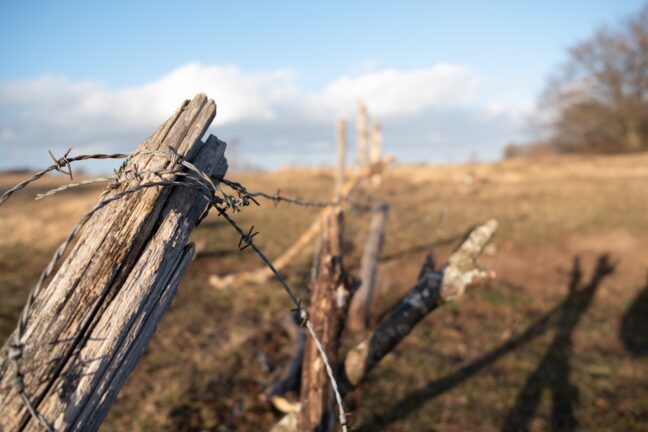
From the moment I first picked up a 35mm lens, its adaptability was clear. It’s perfect for shots where you’re after more depth and for times when you’re in tighter spaces but still want to capture the full scene. Therefore, the 35mm prime lens is a top pick for:
- Landscape photography
- Architectural photography
- Street photography
- Travel photography
- Casual photography
For travel enthusiasts who are always on the move, the 35mm lens could be your new best friend. It’s a perfect lens for capturing sprawling landscapes and bustling street scenes. Plus, the deeper depth of field lets you set up your shots with more creative freedom, especially when it comes to background elements.
This lens is also great for architectural and real estate photography as it can amplify the sense of space.
And for everyday adventures, whether it’s exploring a quaint town or hiking up a trail, the 35mm never disappoints. You can carry it with you wherever you go, and you can capture a variety of subjects without difficulty!
The Best 35mm Lenses
There are some top-notch 35mm prime lenses out there. To get you started, I’ve picked three stellar choices for mirrorless cameras that are fast, sharp, and a breeze to handle.
1. Nikon NIKKOR Z 35mm f/1.8 S
The Nikon NIKKOR Z 35mm f/1.8 S excels at street photography and city exploration due to its wide maximum aperture, durable build quality, and fast autofocus.
If you own a Nikon mirrorless camera, the Nikon NIKKOR Z 35mm f/1.8 S is a fantastic pick with its compact design and top-tier optics. Plus, with its f/1.8 max aperture, you can create beautiful bokeh and can even shoot in low-light scenarios without much difficulty.

The lens boasts crispness from corner to corner regardless of your aperture setting. Plus, it’s a breeze to operate thanks to its swift and whisper-quiet autofocusing motor. Being an S-series lens, it also boasts enhanced build quality, making it a reliable option for outdoor adventures; I certainly wouldn’t mind carrying it with me in bad weather, though it’s always a good idea to keep your equipment protected as much as possible.
2. Canon RF 35mm f/1.8 Macro IS STM
The Canon RF 35mm f/1.8 Macro IS STM is perfect for travel and street photography; it’s incredibly lightweight, and it’s easy to use in low light due to the image stabilization and fast aperture.
Price at publication: $499.00
The Canon RF 35mm f/1.8 Macro IS STM is the only 35mm prime for EOS R cameras. But it doesn’t disappoint, and it won’t empty your pockets, either. It only costs $500, and thanks to the wide maximum aperture, it’s a lens that’ll do a great job in any kind of lighting.

What sets it apart from many 35mm lenses is its image stabilization, which helps ensure that blurry shots are a thing of the past. It’s user-friendly, too, and it even offers macro capabilities; it can focus at a distance of just 0.55 ft/0.17 m, so you can create amazing shots of flowers and product details as needed.
3. Sony FE 35mm f/1.4 GM
The Sony FE 35mm f/1.4 GM is consistently excellent and offers some of the best sharpness and image quality at the 35mm focal length.
For those interested in professional street or travel photography, the Sony FE 35mm f/1.4 GM should be on your radar. Yes, it might have a heftier price tag, but believe me, it’s worth every penny with its impeccable clarity and performance.

The fast f/1.4 maximum aperture gives you solid control over background bokeh, and it also ensures ace performance in dim conditions. The build is noteworthy with its XA and ED elements that minimize optical errors. Regardless of where you’re shooting, expect consistent sharpness. Oh, and did I mention its durability? It even comes with a moisture-resistant glass coating.
50mm Prime Lens: Capture More Intimate Shots
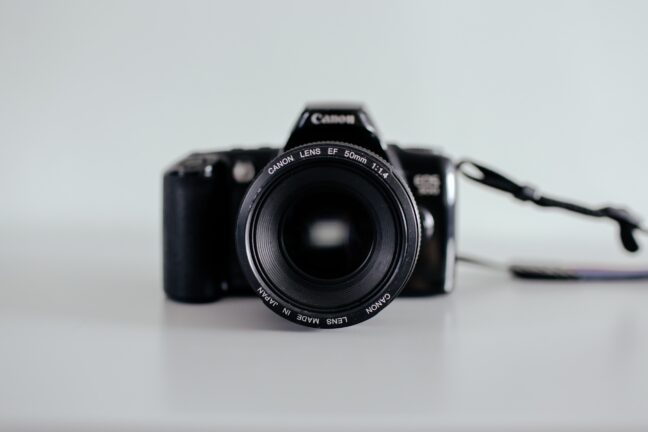
The “nifty fifty,” as photography enthusiasts like me often call it, is a favorite for many. It delivers tighter photos, bringing you closer to your subject. In more technical terms, the 50mm offers a field of view of 40 degrees, which means you won’t capture as much in your photos as you would with a 35mm lens.
What’s cool about this is that it’s perfect for shots where you want to focus mainly on a single subject. Many say that the 50mm focal length closely mirrors the field of view of the human eye, making photos taken with this lens feel more relatable.
50mm Lens Advantages
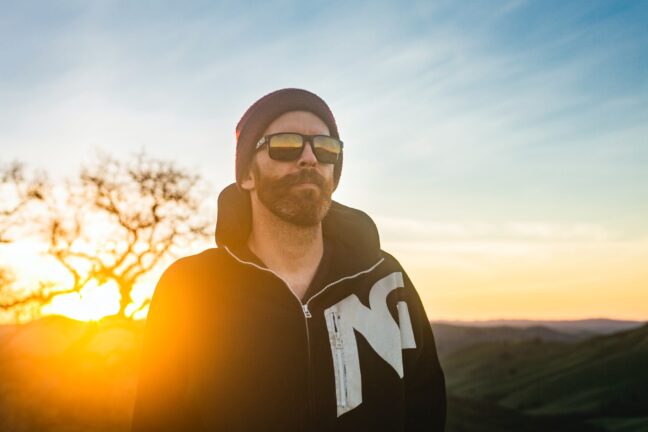
When comparing the 50mm to the 35mm, the most noticeable difference is the proximity of subjects and the amount of background visible. This gives the 50mm prime some unique advantages for certain types of photography such as portraits and product shots:
- It makes your subjects appear closer
- It’s similar to what we see with our own eyes
- It emphasizes your subjects
- It offers great creative flexibility
With the 50mm, your subjects appear nearer and become the primary focal point of your photos. This level of focus isn’t quite the same with a 35mm lens.
If you’re aiming for more natural photos that people can connect with, the 50mm is the way to go. As I mentioned above, this is because it’s often seen as the lens that most closely mimics human vision.
Moreover, 50mm primes offer you more room for creativity, letting you frame subjects in unique ways. The minimized background detail can lead to some cinematic looks, and thanks to the longer focal length combined with the wide maximum apertures, you can achieve wonderful subject-background separation.
50mm Lens Uses
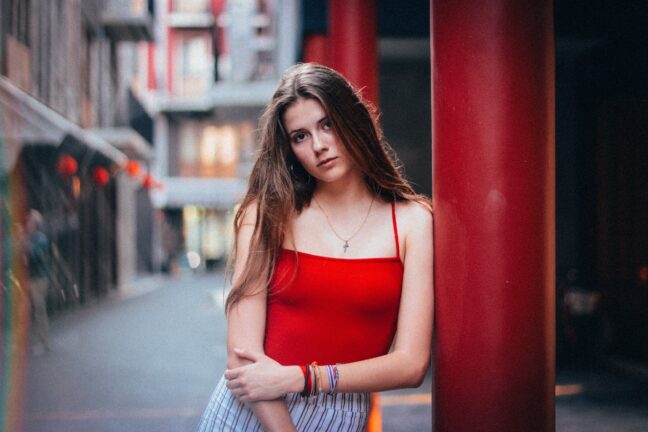
So where does the 50mm prime stand out? This fantastic lens is perfect for capturing subjects up close and in detail. It’s especially great for:
- Portrait photography
- Cinematic photography
- Car photography
- Photojournalistic photography
- Product photography
I personally find the 50mm to be the best focal length for portraits. It allows you to filter out unnecessary background elements, putting the spotlight squarely on your subject. This is true if you want to take gorgeous headshots or even full-body portraits, letting you genuinely capture a person’s essence and story.
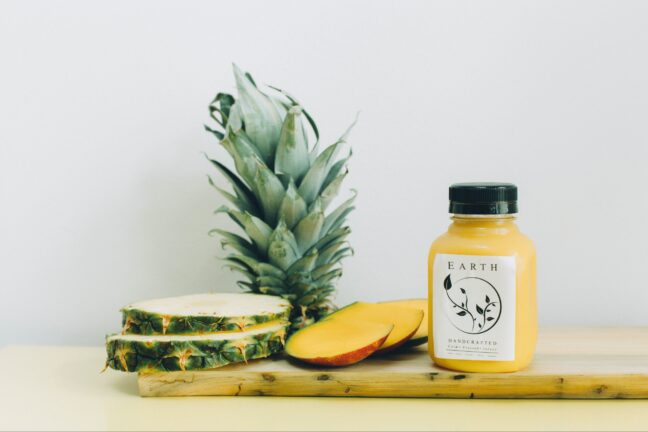
Moreover, the 50mm is fantastic for cinematic shots and is top-notch for professionally capturing products like toys, cars, and food. It’s also ideal for photojournalistic photography as it enables you to create intimate shots of the people you meet and tell the stories you encounter.
Related Posts
The Best 50mm Lenses
One of the coolest things about the 50mm focal length is the sheer variety of top-notch prime lenses to choose from. Many consider it the essential focal length for photographers. If you’re leaning toward 50mm over 35mm, I’ve selected three standout options just for you:
1. Sony FE 50mm f/1.2 GM
The Sony FE 50mm f/1.2 GM excels at portrait photography and allows you to create professional shots due to the circular aperture and high-grade optics.
The Sony FE 50mm f/1.2 GM is one of the best nifty fifties out there, and many see it as the top Sony portrait lens. It’s super fast, delivers crisp images, and guarantees sharp shots almost every single time.

What I personally adore is its 11-blade circular aperture setup. It lets you achieve that dreamy circular bokeh in your portrait photos. If you want pro-level results from your Sony mirrorless camera, this 50mm lens should be your first choice.
2. Canon RF 50mm f/1.2 L USM
The Canon RF 50mm f/1.2 L USM is perfect for low light portraits due to the fast aperture and high-quality optics.
The Canon RF 50mm f/1.2 L USM is a flagship lens and ranks among the best Canon RF lenses on the market. It’s perfect for pros, and if portraiture or event photography is your jam, this lens won’t let you down.

The control ring is a feature I really appreciate. It’s customizable – you can set it to tweak the aperture, the exposure, or the ISO. This makes the lens super user-friendly. And with its f/1.2 maximum aperture, you can trust it to perform well even in low light and other challenging situations.
3. Nikon NIKKOR Z 50mm f/1.8 S
The Nikon NIKKOR Z 50mm f/1.8 S is a great starter portrait lens and is incredibly affordable without sacrificing quality and features.
Still debating between 50mm and 35mm? The Nikon NIKKOR Z 50mm f/1.8 S might tip the scales toward the former. As an S-series lens, it offers top-tier build quality and features without breaking the bank and is perfect for those eager to dive into portrait photography.

It’s compatible with Nikon Z-series full-frame and APS-C cameras, and I’d say it’s one of the best Z-mount lenses available in 2023. From what I’ve seen, it offers amazing sharpness and is impressively flexible in different light settings thanks to its f/1.8 maximum aperture.
Choose the Right Focal Length and Capture Great Photos!
So in the 50mm vs 35mm face-off, which focal length would I pick? Personally, I’m in the 35mm camp. That’s because I’m more into travel and street photography than portraits.
If you’re someone who loves exploring and capturing both the main subject and the surrounding scene, 35mm is the way to go. It’s also great for landscapes as well as more casual, everyday photography.
But if portrait photography, photojournalism, or product shots are more your style, you can’t go wrong with a nifty fifty. The 50mm focal length is perfect for highlighting subjects and playing around with framing!
Disclosure/Disclaimer: As an Amazon Associate, we earn from qualifying purchases. Certain content was provided "as is" from Amazon and is subject to change or removal at any time. Product prices and availability: Amazon prices are updated daily or are accurate as of the date/time indicated and are subject to change. Any price and availability information displayed on Amazon.com at the time of purchase will apply to the purchase of this product.





